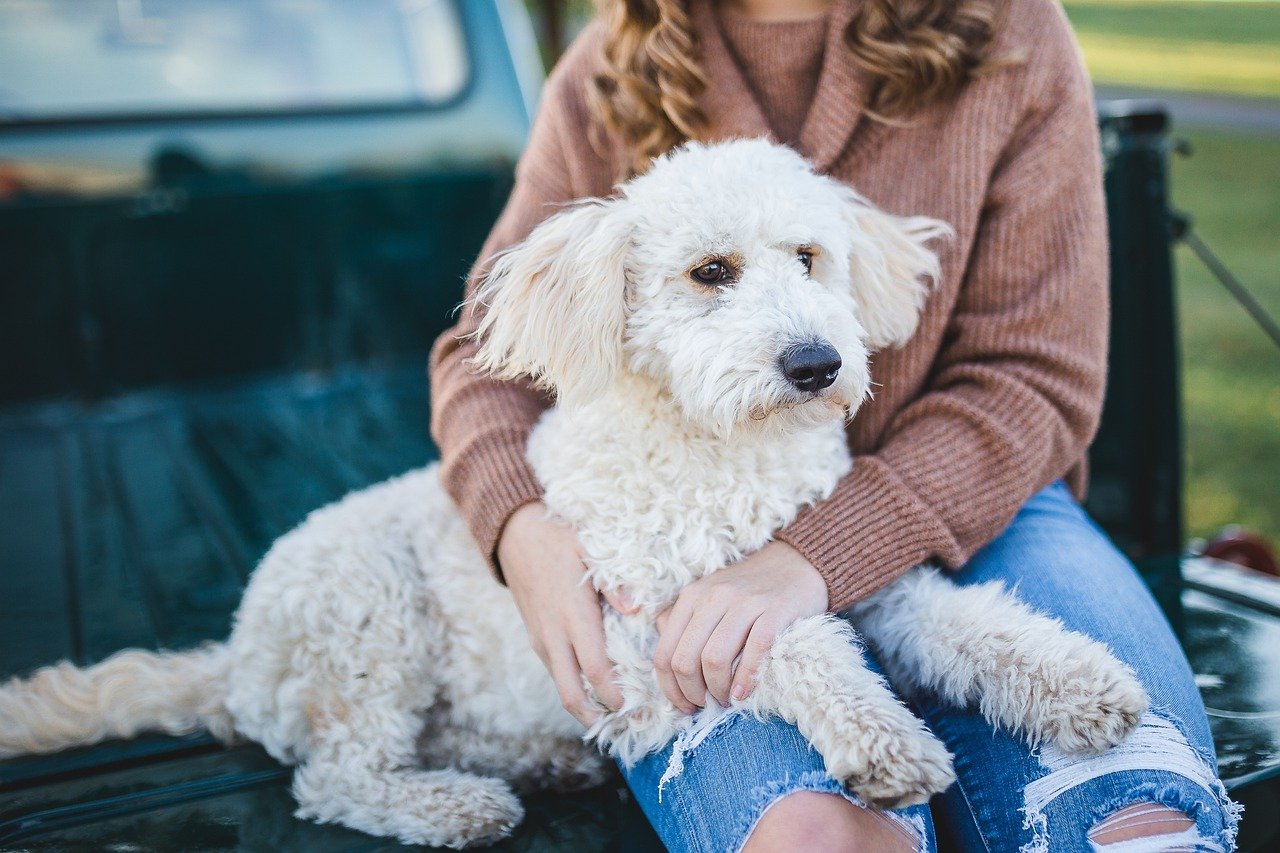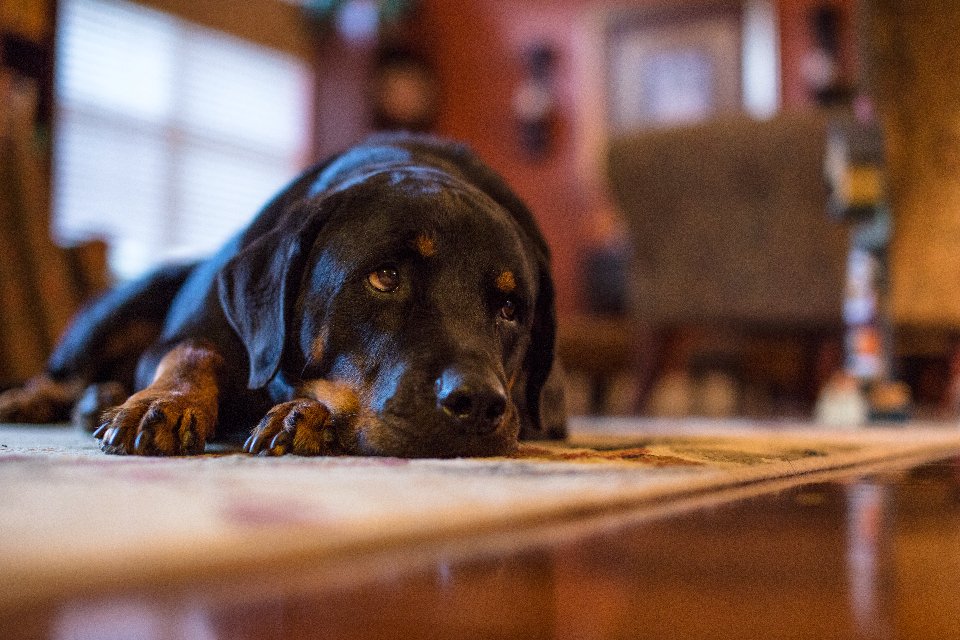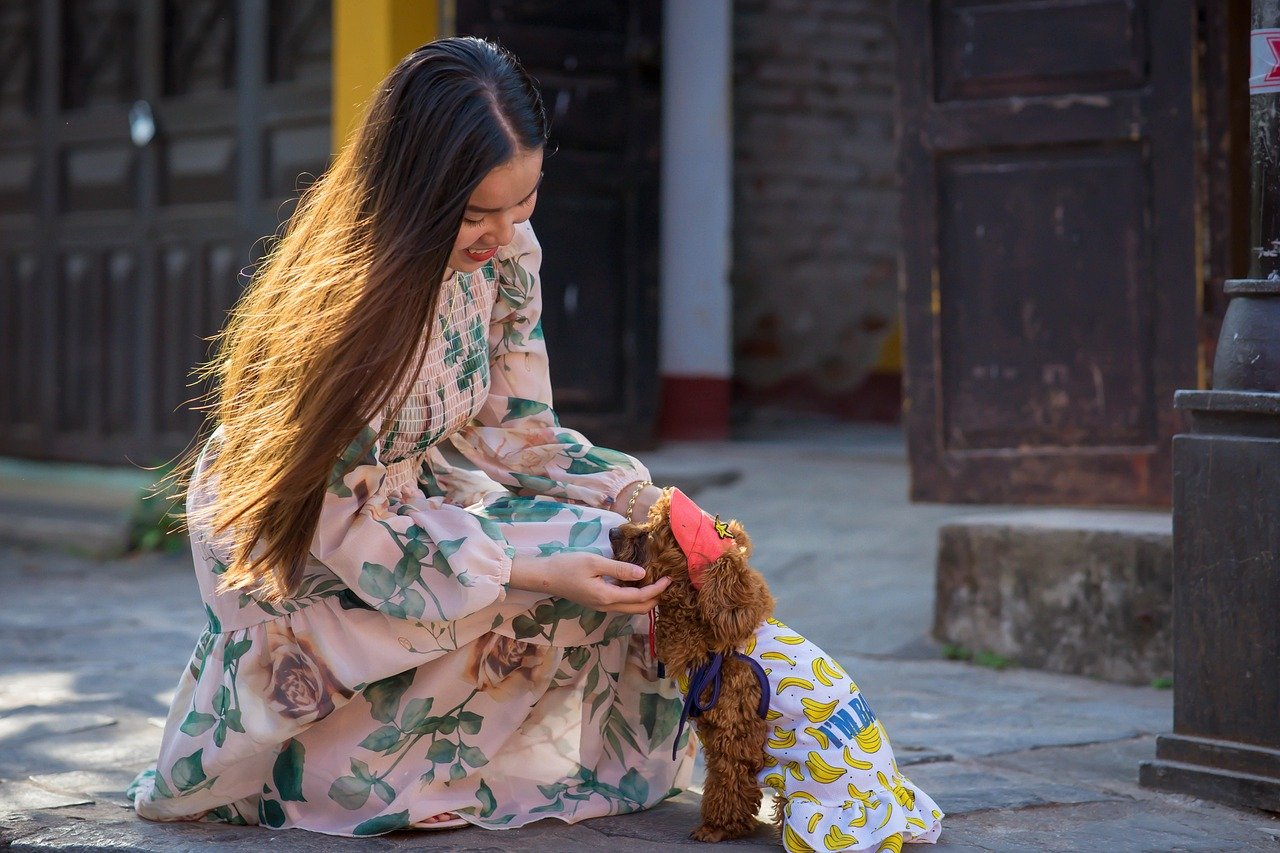Ever wondered if your dog is truly bonded with you—or just counting on you for dinner? Emotional attachment goes deeper than routine; it shows in how your pup seeks comfort, responds to your moods, and craves your company even when there’s no treat in sight. Dogs that are emotionally attached choose to be near you, not just because they need something, but because they genuinely enjoy your presence. Understanding the difference can help you build a stronger, more meaningful bond. And who doesn’t want a best friend who’s in it for the love, not just the snacks?
The Difference Between Attachment and Dependency
At first glance, attachment and dependency might seem like the same thing. After all, your dog follows you from room to room, waits by the door when you leave, and lights up when you come home. But there’s a crucial difference. Emotional attachment is a deep bond where your dog feels secure, happy, and comforted just by being near you. Dependency, on the other hand, is more about relying on you for basic needs like food, water, and shelter. Think of attachment as the love a child has for their parent, and dependency as the way a plant needs sunlight and water. Both are important, but only one truly touches the heart.
Signs Your Dog Is Emotionally Attached

Dogs who are emotionally attached show a range of special behaviors. They might gaze into your eyes with a soft, relaxed expression, seeking comfort and reassurance. You may notice your dog coming to you when they’re scared or upset, rather than hiding or acting out. Social referencing is another sign—they look to you for cues on how to react to new people or situations. An attached dog often mirrors your emotions, seeming happier when you’re happy and comforting you when you’re sad. These signs show that your dog’s connection goes far beyond the dinner bell.
Behaviors That Suggest Dependency
Dependency in dogs can look a lot like attachment on the surface, but the motivation is different. A dependent dog may only seek you out when it’s time to eat, go for a walk, or get a treat. They might seem indifferent to your presence at other times, and may not seek comfort from you when anxious. Sometimes, dependent dogs develop problem behaviors, like excessive barking or destroying things, when their routines are disrupted. These actions are often driven by insecurity or the simple need to have their basic requirements met.
How Dogs Show Genuine Love
If you’ve ever had your dog gently rest their head on your lap or greet you with joyful wiggles, you’ve felt the warmth of true canine affection. Dogs show love in unique ways, like following you around—not out of need, but out of pure devotion. They may bring you their favorite toy as a gift, or snuggle close when you’re down. Some dogs even sigh contentedly just being near you. These gestures are not about getting something in return; they’re about sharing a moment and feeling safe together.
The Role of Oxytocin in the Dog-Human Bond
Oxytocin, sometimes called the “love hormone,” plays a big role in the bond between dogs and humans. When you and your dog gaze at each other or share a cuddle, both your bodies release this hormone, deepening feelings of trust and affection. Studies have shown that oxytocin levels rise in both dogs and their owners after positive interactions, reinforcing the emotional connection. This biological response is more than just science—it’s the invisible thread that ties you and your dog together, making your relationship truly special.
Separation Anxiety: Attachment or Dependency?

Separation anxiety is a common issue for many dogs, but what does it really mean? Some believe it’s a sign of deep attachment, while others see it as unhealthy dependency. In reality, it can be a bit of both. Dogs with healthy attachment may miss you but can cope when you’re gone. Those with dependency issues, however, might panic, bark endlessly, or even destroy furniture when left alone. Understanding the difference can help you support your dog and build a more secure bond.
How Your Dog Chooses Their Favorite Person

It’s no secret—most dogs have a favorite human. But how do they choose? It’s not always about who feeds them the most treats. Dogs often bond most deeply with the person who gives them the most attention, playtime, and affection. Consistency, kindness, and positive reinforcement all play a role. Some breeds are more likely to attach strongly to one person, while others spread their love more evenly. If your dog follows you everywhere, chances are you’re their chosen one.
Building a Stronger Emotional Connection
If you want to deepen the bond with your dog, focus on quality time and positive interactions. Play games, go for walks, and engage in training sessions that challenge your dog’s mind. Offer gentle touches and soothing words during quiet moments. Dogs thrive on routine and predictability, so being a steady presence in their life helps build trust. Remember, the more you invest emotionally, the more your dog will respond with love and loyalty.
Can Dogs Become Too Dependent?
While a little dependency is natural, too much can create problems for both you and your dog. Dogs who are overly dependent may struggle with independence, becoming anxious or destructive when left alone. It’s important to encourage healthy independence by gradually increasing the time your dog spends alone and providing toys or puzzles to keep them occupied. Teaching your dog that it’s okay to be apart for a while can actually strengthen your bond in the long run.
Ways to Tell If Your Dog Truly Loves You

Sometimes, the signs of love are right in front of you. Watch for your dog’s body language—soft eyes, wagging tails, relaxed posture. Does your dog greet you enthusiastically, even if you’ve only been gone for a few minutes? Do they seek you out for comfort, or try to make you feel better when you’re down? These are the subtle but powerful gestures that prove your dog’s affection runs deeper than just dependency. So next time your pup curls up beside you, remember: their heart is probably just as full as yours.
At the end of the day, knowing whether your dog is emotionally attached or just dependent can help you deepen your connection. When your pup chooses snuggles over snacks or seeks you out during stressful moments, it’s a clear sign of real attachment. Building emotional bonds goes beyond routines—it’s about trust, affection, and shared experiences. Keep showing up with love, patience, and consistency, and your dog will show you just how strong that bond can be.

Andrew Alpin from India is the Brand Manager of Doggo digest. Andrew is an experienced content specialist and social media manager with a passion for writing. His forte includes health and wellness, Travel, Animals, and Nature. A nature nomad, Andrew is obsessed with mountains and loves high-altitude trekking. He has been on several Himalayan treks in India including the Everest Base Camp in Nepal.





